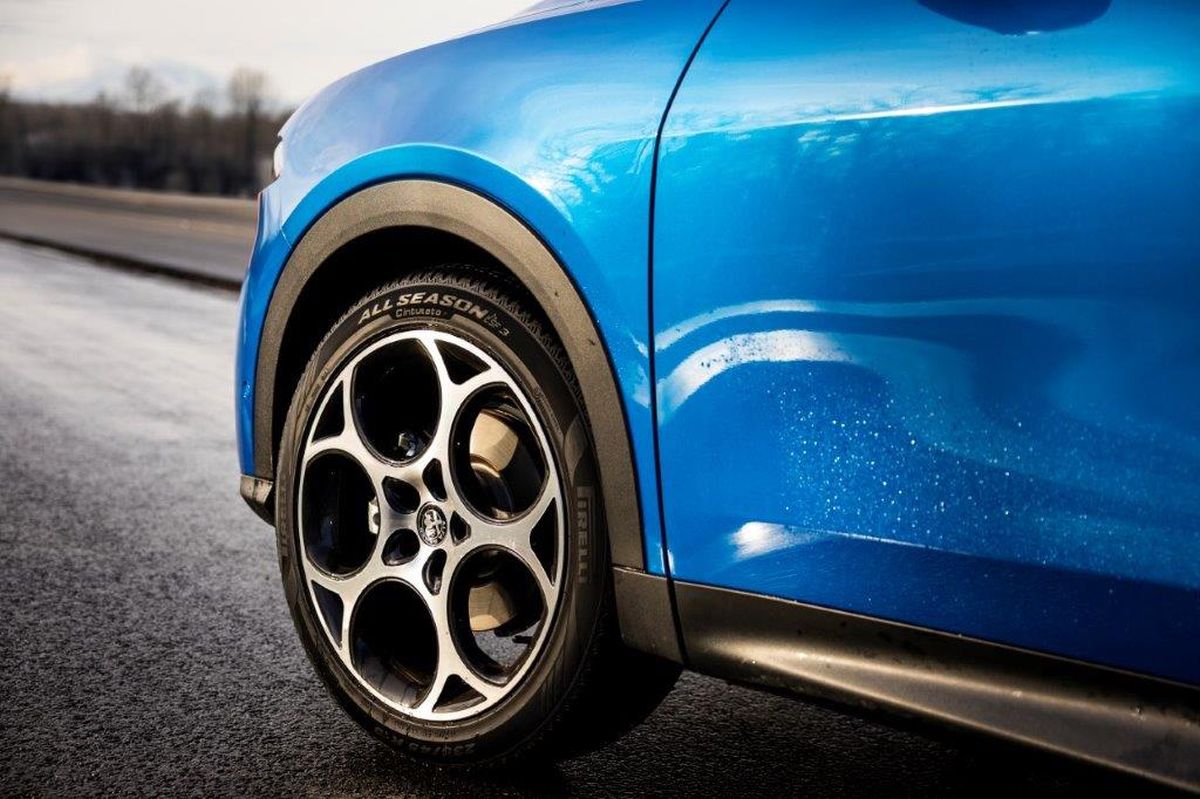MILAN (ITALPRESS) – In Europe, the time to change tires for the winter season is approaching. Despite different regulations from country to country, motorists must decide how to gear up for the cold season, the most treacherous for tire grip. Although recent winters are seeing a reduced frequency of snowfall, the 7°C rule still applies: below this temperature threshold, it is best to fit cold-weather-appropriate tires that provide superior dry and wet performance. Is it better to fit winter or four-season tires? It depends on several factors. The most suitable choice for the cold season remains winter tires, products developed with ad hoc compounds designed to provide optimal grip and high traction on dry and wet surfaces, reducing the risk of aquaplaning. Whether winter or all season, it is essential to check the markings on the sidewall of the tire. The M+S marking indicates that it is a product designed for difficult surfaces, but greater safety is assured when the 3PMSF marking (represented by a 3-peaked mountain accompanied by a snowflake) is present. The latter indicates, in fact, that the tire has passed all tests even in the most critical conditions of the cold season.If the level of safety in winter is assured by the markings, the choice between winter or four-season depends on many factors. First of all, from the use of the car: more intense use with high mileage (above 25,000 km/year), more powerful or larger car models, along with the habit of frequenting mountainous areas recommend the more specialized cold weather product, while use mainly in urban contexts and on more compact cars (from city cars to compact SUVs) allow the adoption of the tire suitable for all year round. Thus, if switching between summer and winter trains is the most suitable choice for most motorists, the other option is four-season tires, such as the Pirelli Cinturato All Season SF3, which fulfills the needs of the more “urban” motorist, as confirmed by several comparative tests carried out by specialized magazines where the new tire won over its competitors. Having passed the tire choice, the driving style should also be adjusted. If in dry conditions no special precautions are necessary when behind the wheel compared to warmer seasons, it should be remembered that grip is less and it is advisable to keep a greater margin. It is a different matter when there are wet or snow-covered surfaces, where one must resort to a style similar to that typically adopted to save fuel: abrupt acceleration at the start should be avoided, which risks making the wheels skid in all snowy conditions. Use of the brakes should be minimized to the benefit of engine braking. Maintaining an adequate safety distance is even more important in winter to avoid rear-end collisions. Also pay attention to parking maneuvers: parking diagonally across the roadway is the easiest for ingress and egress, especially when snowplows accumulate snow at the side of the road. Be careful if you drive an electric car: in winter, battery autonomy tends to decrease; better to aim for tires with low rolling resistance, a key feature to ensure longer driving autonomies. Pirelli, thanks to Elect technology, meets this very need. The first winter tire for cars in “class A” rolling resistance was recently presented: it is the winter version of the P Zero Winter 2 for the BMW i7.
photo: Pirelli press office
(ITALPRESS).

